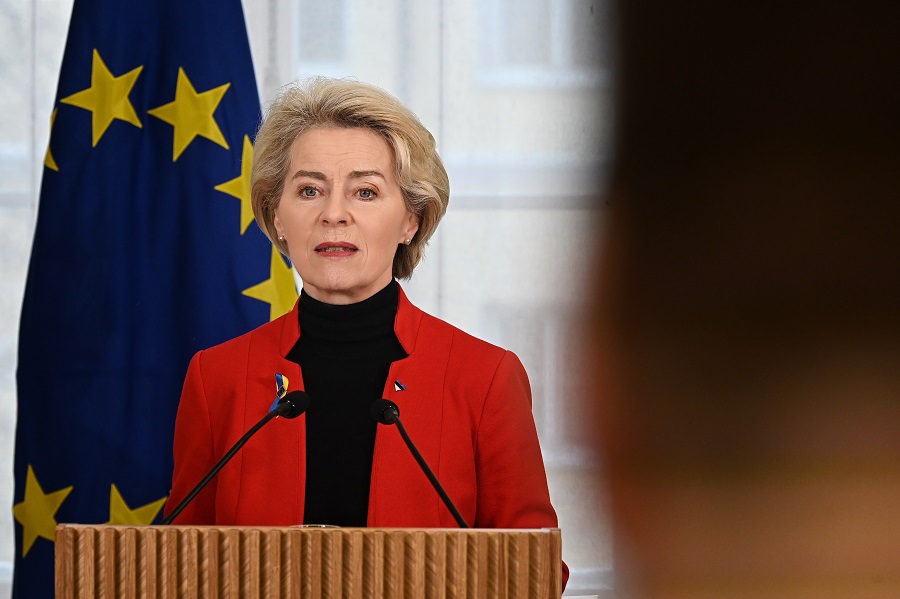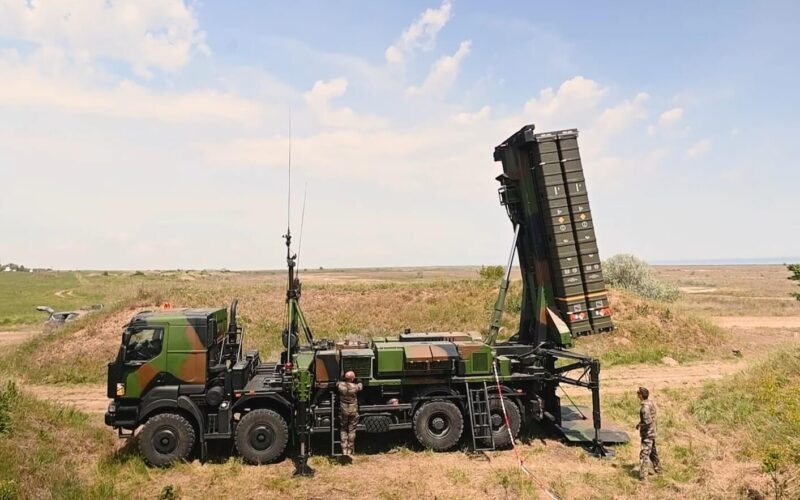The report also makes a number of key recommendations to deepen NATO-EU cooperation further, including through more information exchanges; work to identify alternate transport routes for civilian and military mobility; and closer ties in security research.
NATO Secretary General Jens Stoltenberg said: “I thank President von der Leyen for her leadership, and the European Commission and the European External Action Service for their support as part of the NATO-EU Task Force on the resilience of critical infrastructure. This is an excellent example of our cooperation in action. The Task Force’s Report sets out the importance of resilience in energy, transport, digital infrastructure, and space, and makes a number of key recommendations to deepen NATO-EU cooperation even more.”
President of the European Commission, Ursula von der Leyen said: “Our critical infrastructure faces increasingly complex security threats. We need to step up our efforts to ensure its resilience. This is crucial to protect essential services for citizens and support our economies. I’m glad that with Secretary General Stoltenberg we launched an EU-NATO Task Force and today I’m proud that we are presenting the outcome of its work. The Task Force has identified key security challenges in the areas of energy, transport, digital infrastructure and space, and proposes targeted recommendations. We will follow-up and continue working together”.
Key findings:
- Energy: The sabotage of the Nord Stream pipelines illustrated the vulnerability of energy infrastructure. Energy security is more challenging in the current geopolitical environment. Moreover, military activities significantly rely on civilian energy networks and supplies. Energy infrastructure is also networked, so disruption in one location can have a broader impact. Decisive steps were taken by Member States and Allies to reduce our dependence on Russian energy. The growing use of renewable energy sources and electrification can also strengthen resilience because it increases the diversity of sources and autonomy and reduces reliance on a single central system. On the other hand, the new infrastructure and connections also bring new challenges in terms of infrastructure protection. The increased reliance on renewable energy also brings potential supply chain vulnerabilities since many of their critical components are still largely concentrated outside of NATO and the EU.
- Transport: Transport infrastructure, including airports and seaports, is also vulnerable to cyber-attacks, which can inflict substantial economic damage and possibly cause disruptions for use by the military. Our militaries rely heavily on civil and commercial transport infrastructure to deploy their activities. Furthermore, the transport sector is affected by and has a significant impact the other sectors covered in this report, and these interdependencies are growing. The increasing electrification of transport will lead to a greater reliance on the electricity grid, batteries and associated infrastructure, in addition to existing dependencies on pipelines for hydrocarbon products that will remain part of the energy mix for the foreseeable future. Moreover, transport infrastructure is increasingly digitalised, making it more vulnerable to malicious cyber activities and disruptions.
- Digital infrastructure: A wide range of infrastructure is required to provide information and communications services, from underground and undersea fibre-optic cables to cellular base stations and satellites. The reliance on undersea cables and 5G networks poses risks due to limited repair capabilities and increased vulnerability. Moreover, digital infrastructure relies on global supply chains. These are vulnerable to accidental and intentional disruptions, which could impact global networks and introduce security risks.
- Space: Space infrastructure encompasses both space-based assets and ground-based systems, which can be vulnerable to various human-induced and natural risks. Space assets can be owned and operated by the EU (Galileo, Copernicus), Member States, Allies and, increasingly, commercial entities. Strategic competitors and potential adversaries are developing counter-space capabilities that could threaten NATO and the EU’s access to and freedom of operation in space, potentially disrupting critical infrastructure.
Recommendations:
The EU and NATO experts have identified several key recommendations to enhance the resilience of critical infrastructure. These relate in particular to the need to ensure resilience and build on their cooperation by:
- Increased engagement, while making full use of synergies, for instance in the case of a major hazard or a significant change in the security context; Promoting engagement among Allies, Member States and the private sector, including on security by design for critical infrastructure; Holding dedicated scenario-based discussions, including through the EU-NATO Foresight Seminar and with the support of the European Centre of Excellence for Countering Hybrid Threats.
- Strengthening the Structured Dialogue on Resilience and the Structured Dialogue on Military Mobility, and expanding existing staff talks on cyber, space, maritime and energy, as well as between NATO’s International Military Staff and the EU Military Staff.
- Promoting best practices, assessments, and enhancing monitoring for security implication and cooperation, including between civilian and military actors; carrying out regular Parallel and Coordinated Assessments of the threats to critical infrastructure, building on the one conducted in spring 2023.
The EU-NATO Structured Dialogue on Resilience will coordinate the implementation of these recommendations.



















![NATO to consider increasing, stabilising support for Ukraine [BRIEF]](https://defence-industry.eu/wp-content/uploads/2023/12/Diehl-Defence-EUR-600-million-order-for-IRIS-T-SLM-air-defence-system.jpg)







